The world of art is far more complex and nuanced than the traditional narratives we've been taught. Beyond the well-known masterpieces and celebrated artists lies a rich tapestry of untold stories, marginalized voices, and extraordinary talents that have been systematically overlooked. Art history isn't just about preserving the past; it's a dynamic conversation about representation, cultural identity, and the continuous reinterpretation of human creativity.
Rediscovering Forgotten Artists: Voices Beyond the Mainstream
Throughout art history, numerous talented artists have been erased or minimized due to systemic barriers of gender, race, and socioeconomic status. Women artists like Artemisia Gentileschi, who created powerful Baroque paintings during a time when female artists were rarely recognized, are prime examples of incredible talents long overshadowed by their male contemporaries.
In recent years, art historians and curators have been actively working to restore these forgotten narratives. Museums and galleries are increasingly dedicating exhibitions to artists who were previously marginalized, creating spaces where diverse artistic expressions can be celebrated and understood.
Art Movements and Their Enduring Modern Influence
Art movements aren't static historical moments but living, breathing conversations that continue to shape contemporary artistic expression. Take the Harlem Renaissance, for instance - a cultural movement that emerged in the 1920s and fundamentally transformed how Black art and culture were perceived. Its influence resonates strongly in today's visual art, music, and literature.
Similarly, Indigenous art movements around the world have been reclaiming narrative spaces, challenging colonial representations, and asserting cultural sovereignty through creative expression. These movements aren't just about artistic representation but about healing, resistance, and cultural preservation.
Provenance stories reveal fascinating journeys of artworks, exposing complex histories of acquisition, migration, and cultural exchange. Many museum collections carry complicated histories rooted in colonial practices, where artifacts were often removed from their original contexts through exploitative means.
The work of decolonizing art history isn't just academic - it's a profound act of cultural restoration and understanding. It involves critically examining how art has been collected, displayed, and interpreted, and creating more inclusive narratives that respect the complexity of cultural production.
Contemporary artists are increasingly engaging with these historical complexities, using their work to challenge dominant narratives and reimagine representation. They're not just creating art but conducting critical historical research, uncovering forgotten stories, and presenting alternative perspectives.
Digital technologies have also transformed how we access and understand art history. Online archives, virtual museum tours, and global research collaborations are making previously inaccessible collections and narratives more transparent and widely available.
This reimagining of art history isn't about erasing existing narratives but expanding them. It's about recognizing that art is a multifaceted, dynamic form of human expression that transcends simple categorizations and linear historical progressions.
For emerging art historians, curators, and enthusiasts, this is an exciting time. The field is becoming more interdisciplinary, more global, and more attentive to the nuanced stories that have been historically marginalized.
Understanding art history in this holistic, interconnected way allows us to see art not just as aesthetic objects but as powerful tools for communication, resistance, and cultural dialogue. Each artwork carries within it multiple layers of meaning - personal, political, cultural - waiting to be discovered and appreciated.
As we continue to explore and challenge traditional art historical narratives, we're not just learning about the past. We're actively participating in a ongoing conversation about human creativity, diversity, and the many ways we understand and express our shared and individual experiences.
Subscribe to my newsletter to get the latest updates and news


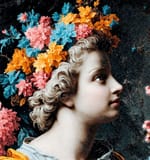



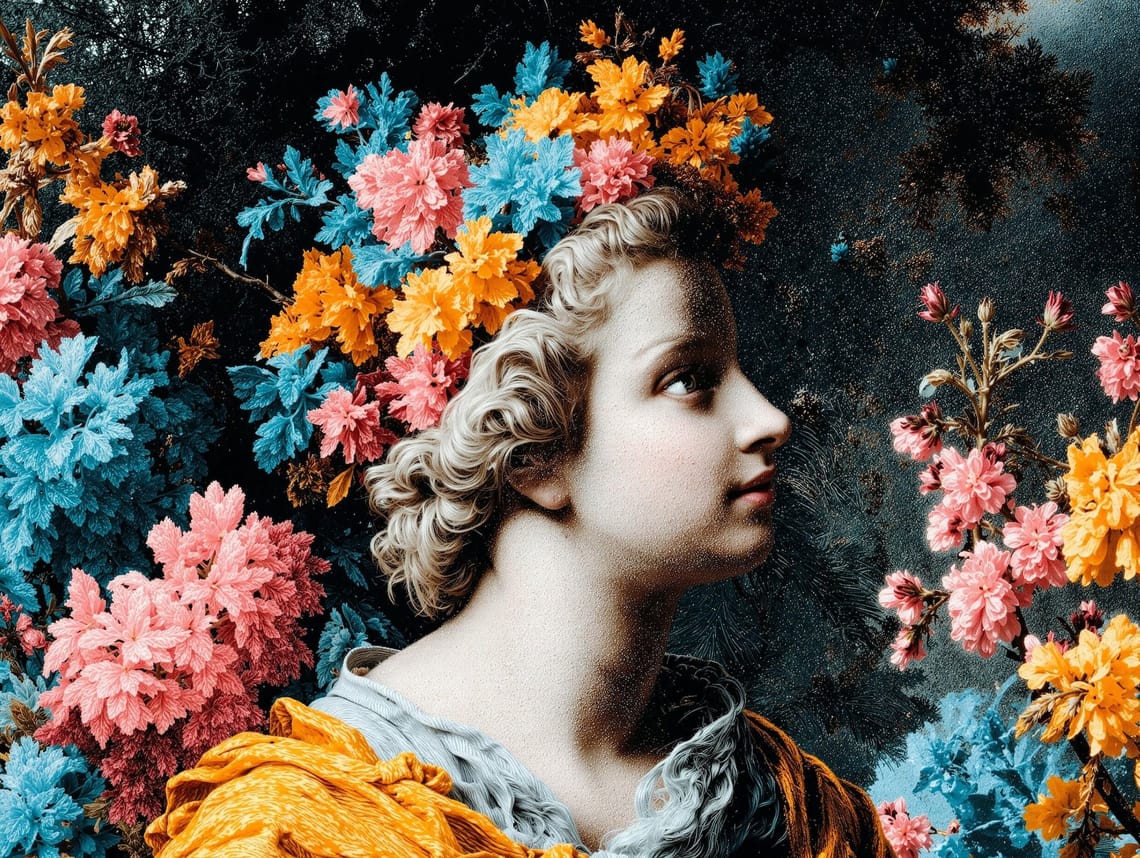
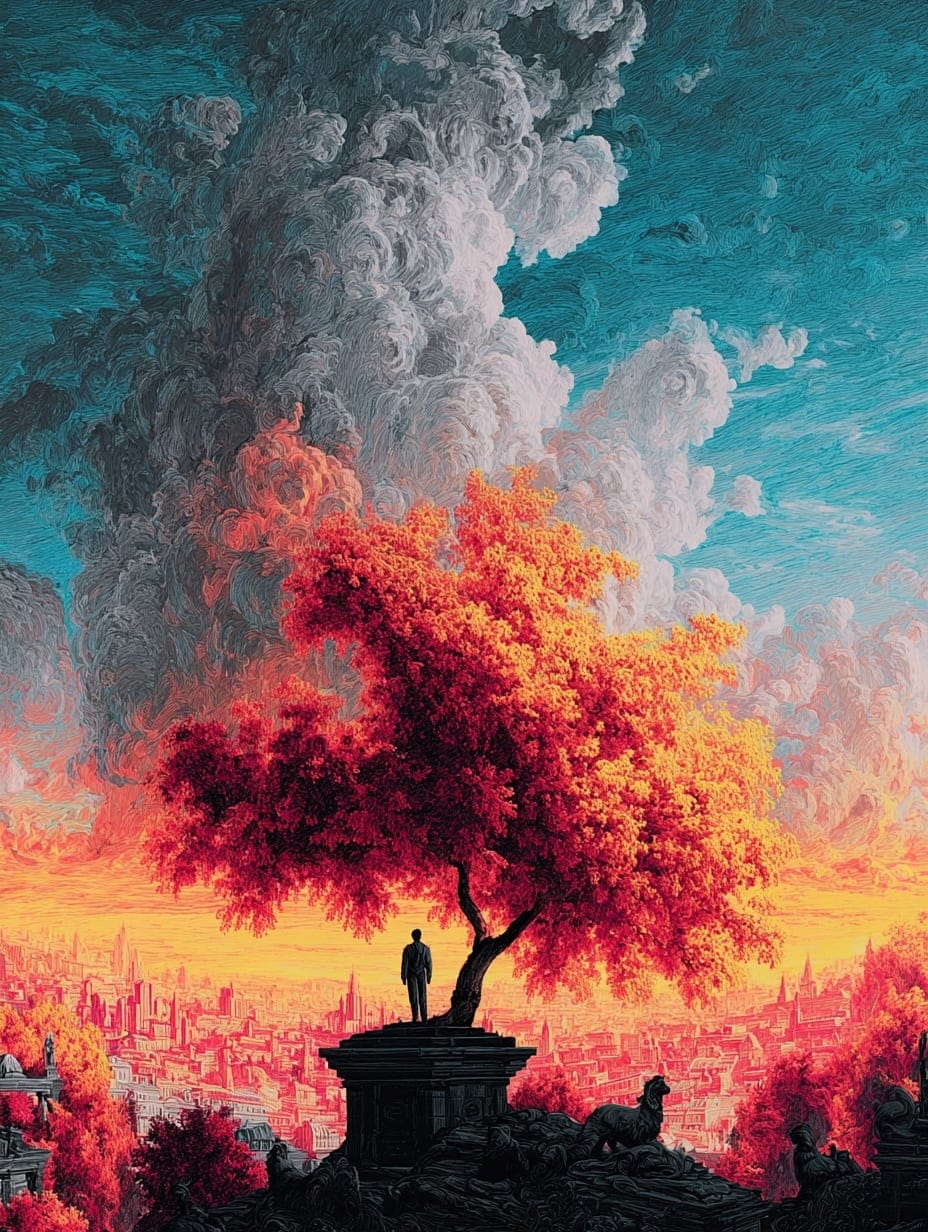
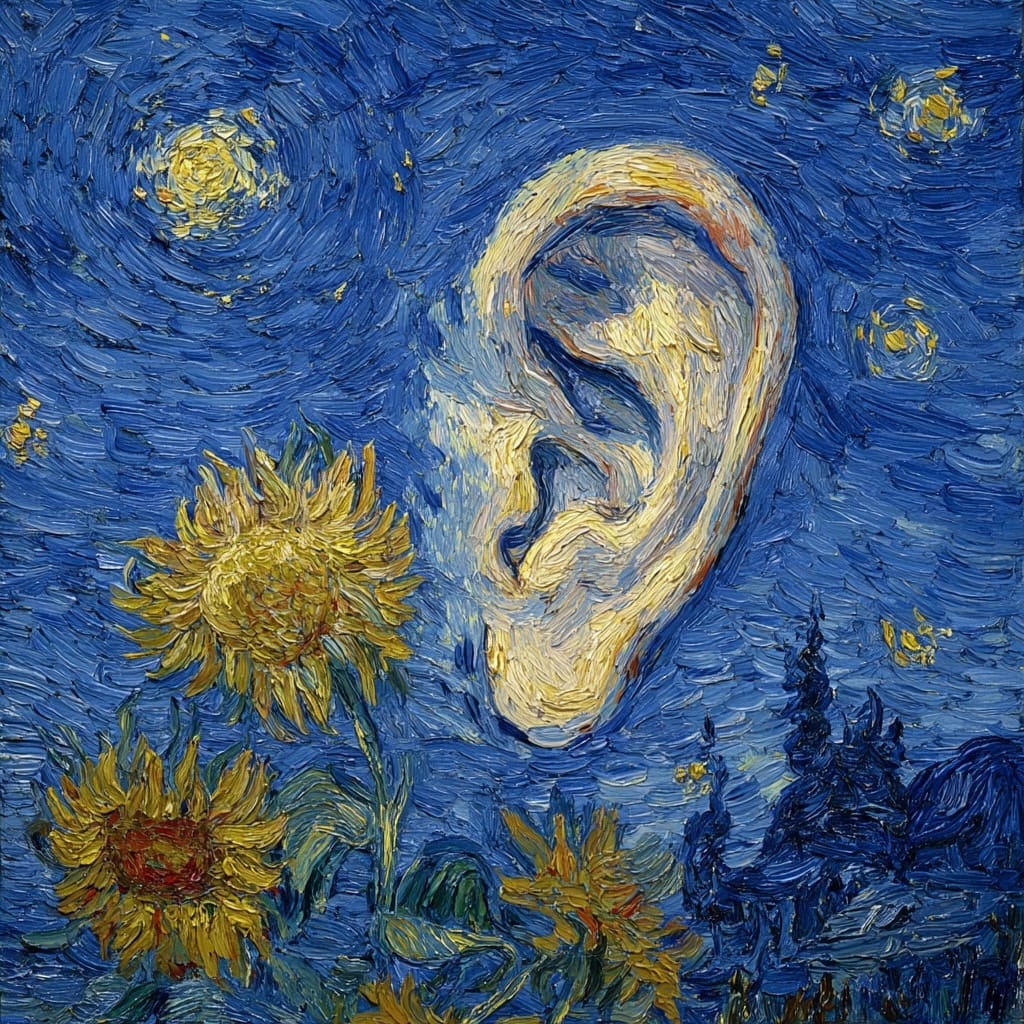
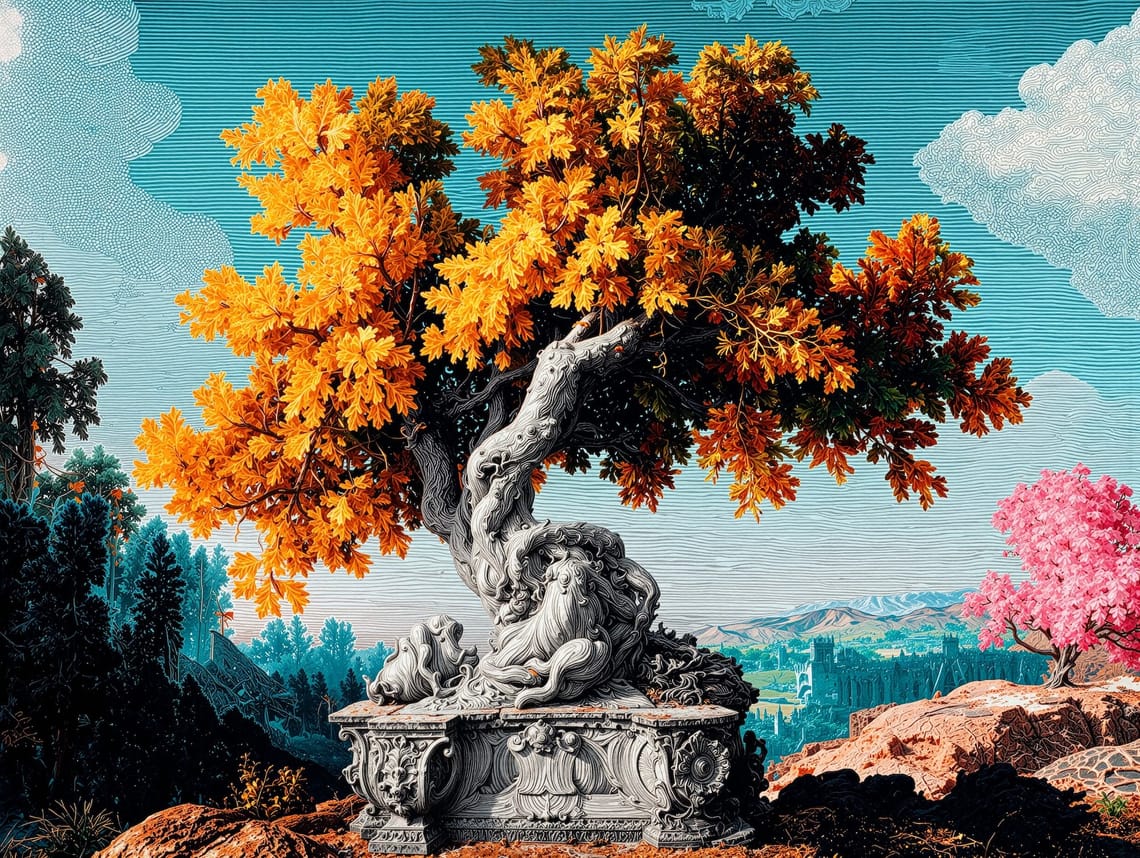
Member discussion